Simon Waslander is the Director of Collaboration, at the CureDAO Alliance for the Acceleration of Clinical Research (https://www.curedao.org/), a community-owned platform for the precision health of the future.
CureDAO is creating an open-source platform to discover how millions of factors, like foods, drugs, and supplements affect human health, within a decentralized autonomous organization (DAO), making suffering optional through the creation of a “WordPress of health data”.
Simon is a native of the Dutch Caribbean island of Aruba, having been born on the island and initially chose to study medicine at the University of Groningen, but then transitioned over to healthcare innovation studies at the University of Maastricht where he wrote his master thesis on the topic of Predictive Healthcare Algorithms.
(For information on the discussion segment on AGI, please contact — www.Norn.AI)

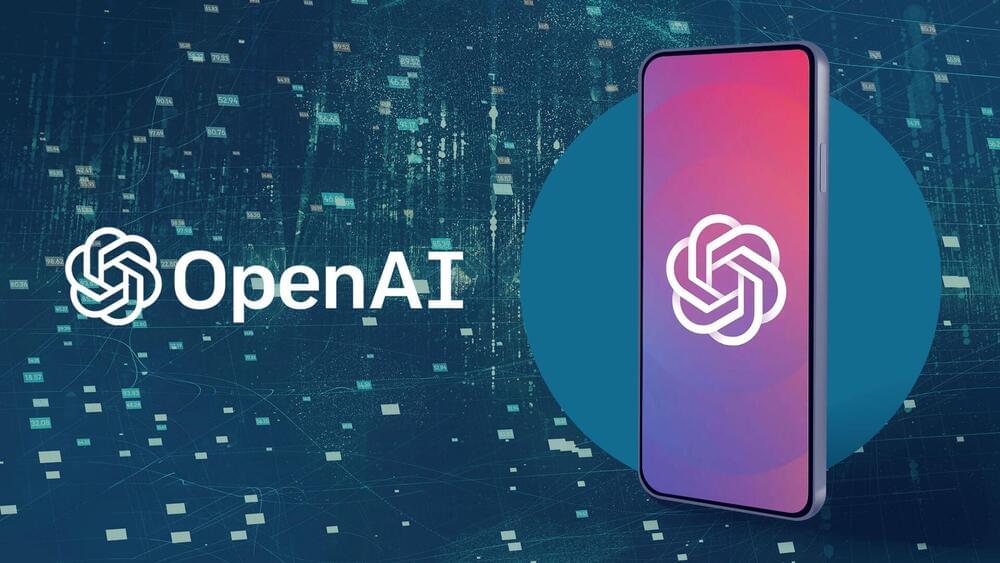
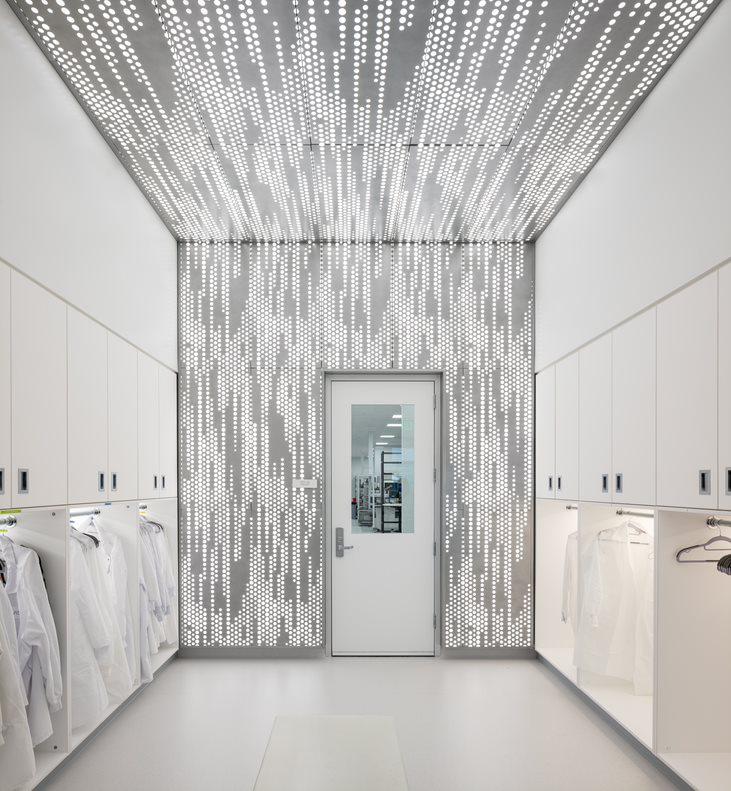
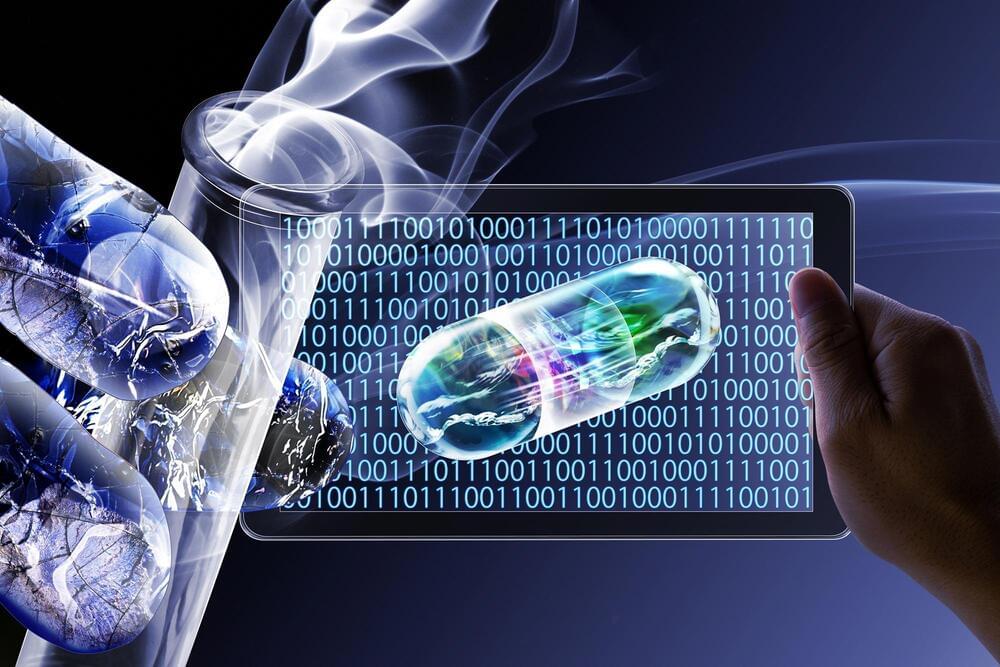
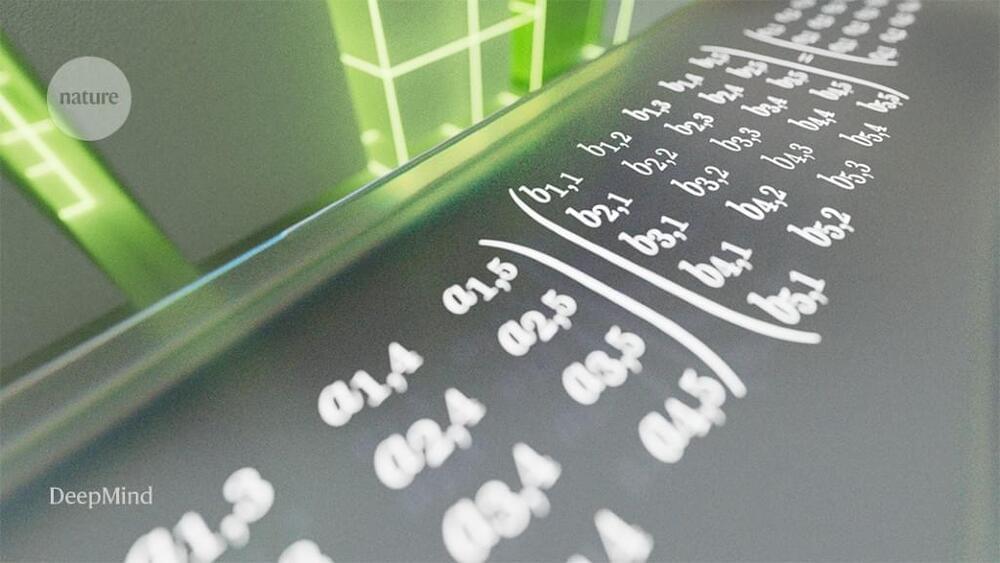
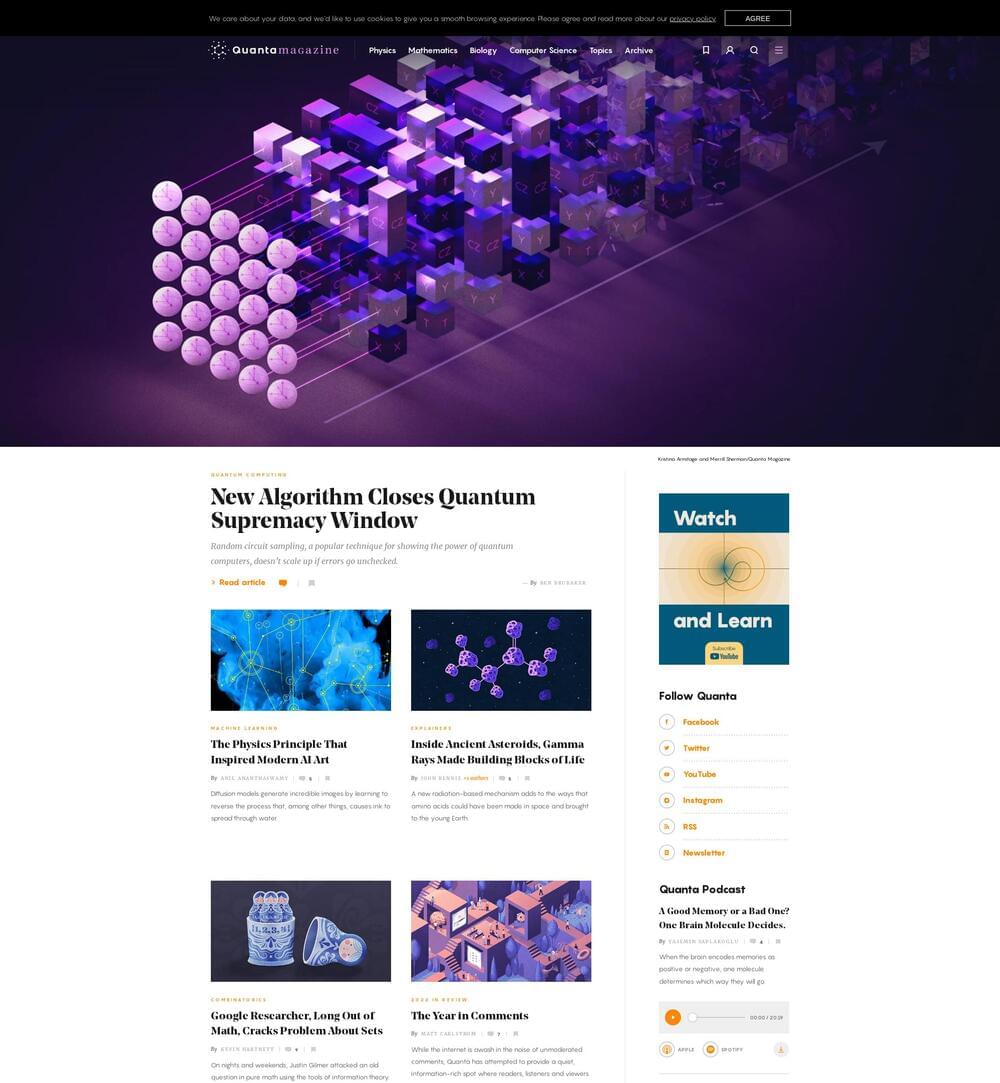
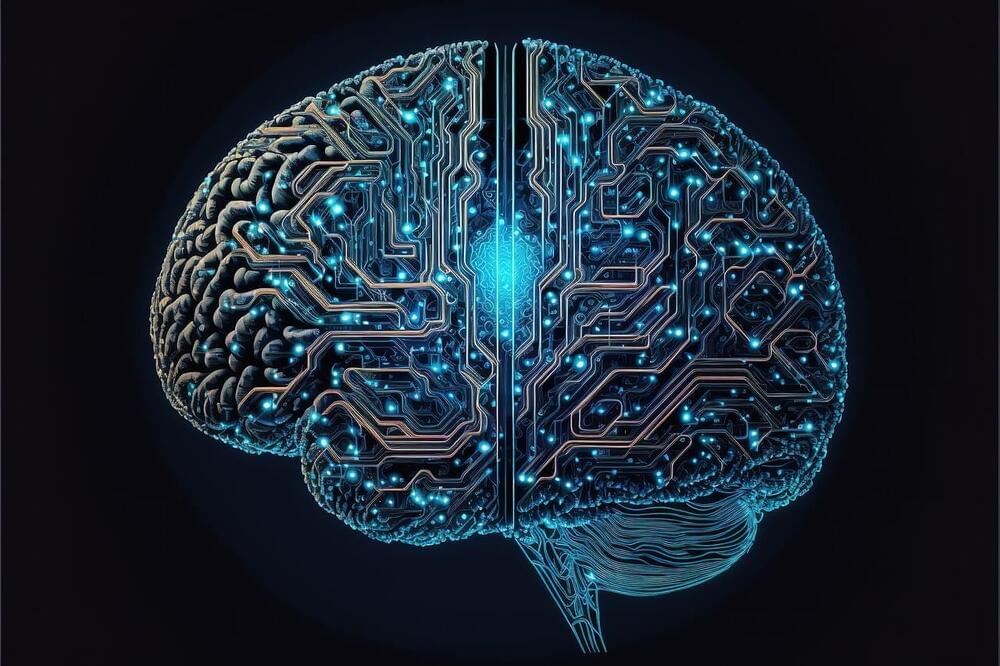
 עברית (Hebrew)
עברית (Hebrew)